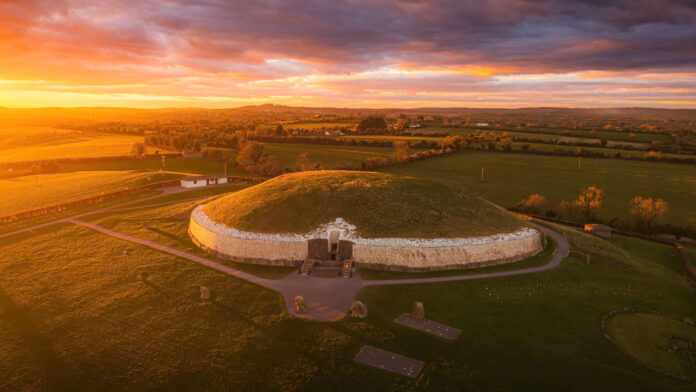For centuries, archaeologists believed that Ireland’s impressive Stone Age tombs were built as final resting places for ancient royalty. However, groundbreaking DNA analysis of 55 skeletal remains from these 5,000-year-old monuments has dramatically changed our understanding of Neolithic Irish society, revealing a more egalitarian community than previously thought.
The Mystery of Ireland’s Ancient Stone Monuments
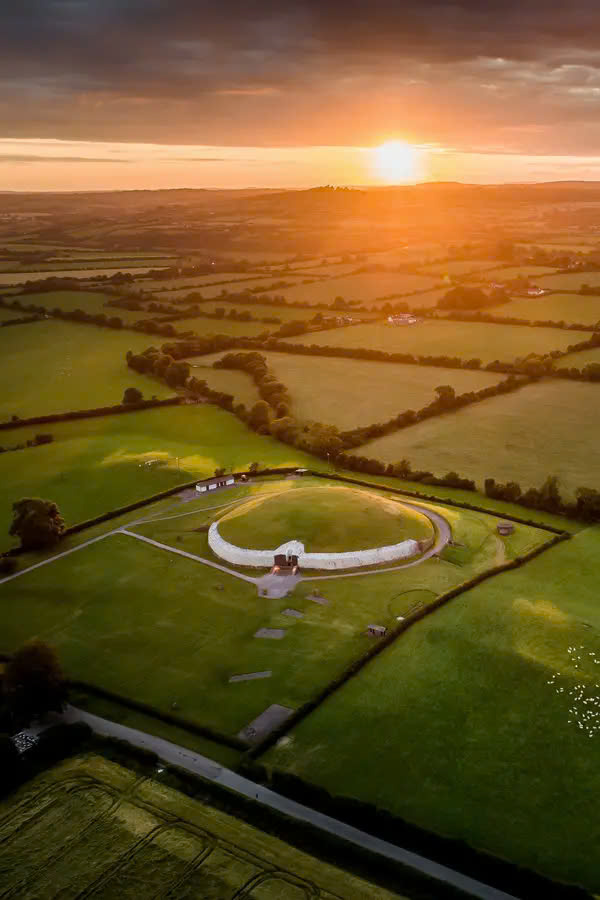
Ireland’s landscape is dotted with massive stone structures known as “megalithic monuments” dating back to the Neolithic period (3900-2500 B.C.). These impressive structures contain human bones and cremated remains, clearly marking them as burial sites. Yet archaeologists have long debated their exact purpose and who might have been interred within them.
Early Theories and Recent Discoveries
Previous DNA studies established that these monuments were constructed by early farming communities who raised cattle and cultivated grain. Initial research suggested these tombs housed the remains of elite dynasties characterized by incestuous marriages—a theory that has now been thoroughly debunked by the new study published in the Cambridge Archaeological Journal.
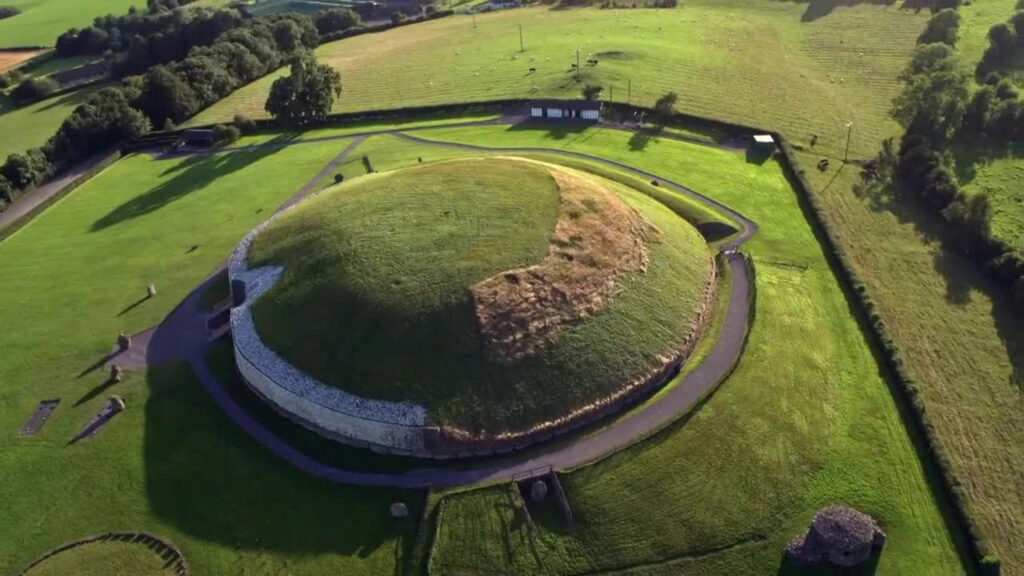
Study lead author Neil Carlin, an archaeologist from University College Dublin, explains that rather than serving as royal tombs, these megalithic monuments likely functioned as seasonal gathering places where communities united to work, feast, and honor their dead.
The Evolution of Burial Practices
From Simple Graves to Magnificent Monuments
The research team identified four distinct types of ancient burial structures across Ireland. Three simpler designs were used during the early Neolithic period, while the fourth type—the impressive “developed passage tomb”—emerged around 3300 B.C.

These passage tombs featured large circular mounds accessed through stone corridors. Predating both Stonehenge and the Egyptian pyramids, many remain visible across Ireland today, with Newgrange being perhaps the most renowned example.
What DNA Tells Us About Social Structure
The genetic analysis revealed something surprising: most individuals buried in passage tombs were not closely related. This discovery directly challenges the “dynastic lineage” theory that had dominated archaeological thinking.
“We cannot say that these tombs were the final resting places of a dynastic lineage who restricted access to ‘burial’ within these tombs to their relatives,” write the researchers.
A Shifting Social Landscape
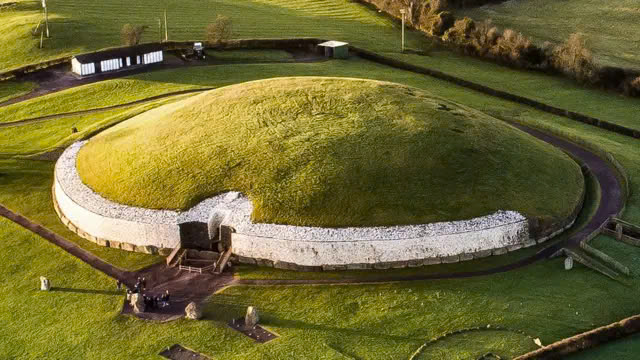
The DNA evidence, combined with archaeological findings, points to a significant social transformation after the first four centuries of farming in Ireland.
In the early Neolithic period, smaller and simpler tombs aligned with genetic evidence showing tighter-knit communities with closer biological relationships. However, the later Neolithic period saw the construction of larger passage tombs where the interred individuals showed greater genetic diversity and more distant relationships.
“We argue that this reflects how the kin groups using these tombs were interacting on a larger scale and more frequently choosing to have children with others from within these extended communities,” Carlin explained.
Video
Seasonal Gatherings and Community Bonds
While the exact catalyst for this social shift remains unclear, the clusters of passage tombs across Neolithic Ireland suggest that previously separate groups regularly gathered, possibly seasonally, to participate in shared ceremonial activities.
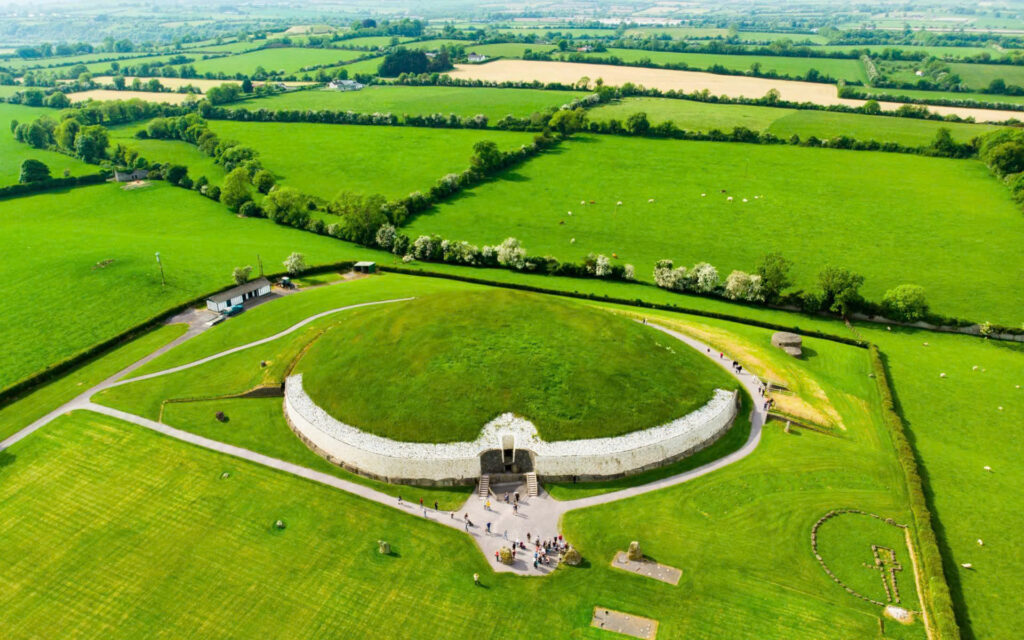
Rather than a society dominated by powerful dynasties, Carlin and his colleagues envision “a more equal society” where communal bonds played a central role. However, they acknowledge that further research—incorporating new DNA studies, artifact analysis, and studies of monumental architecture—is needed to fully comprehend the social transformations that occurred in Ireland after 3600 B.C.
These findings not only rewrite our understanding of ancient Irish society but also remind us that archaeological assumptions, no matter how long-standing, must always remain open to revision in light of new scientific evidence.
